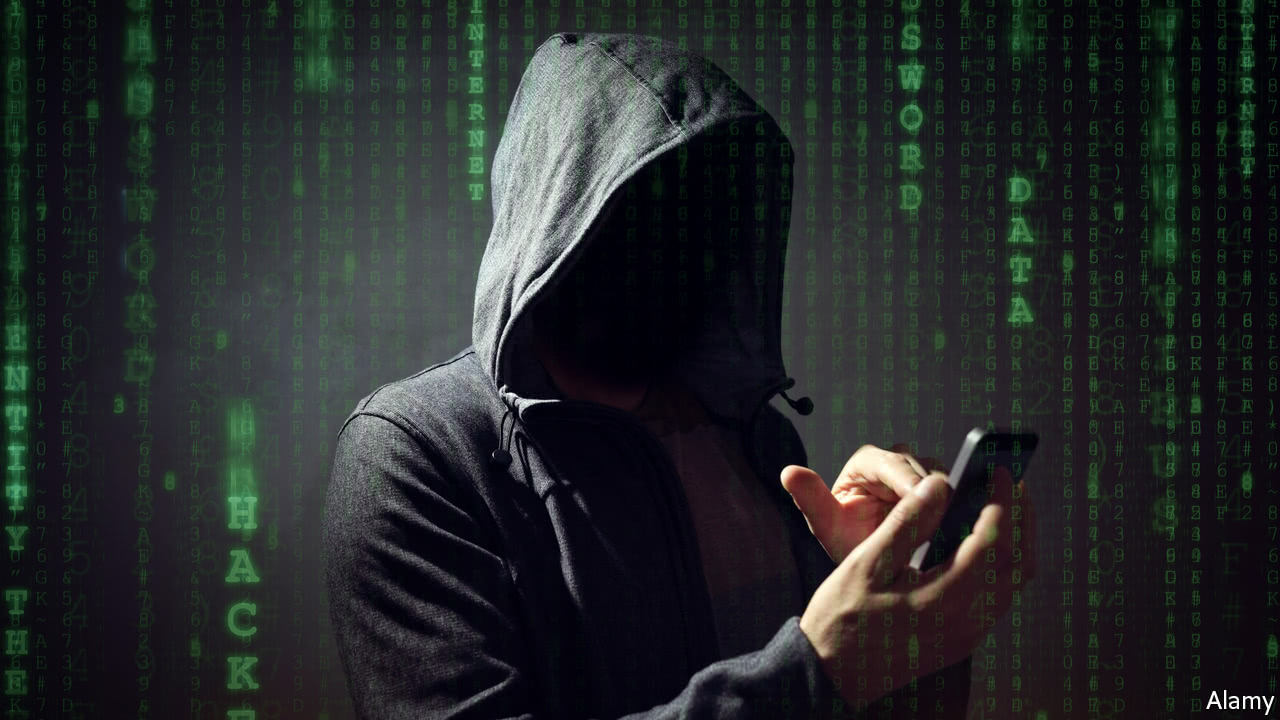
HURRICANE HARVEY was still raining on Texas when the American government sent out an alert about phishing scams. “E-mails requesting donations from duplicitous charitable organizations commonly appear after major natural disasters,” warned the United States Computer Emergency Readiness Team (US-CERT), an arm of the Department of Homeland Security. Links and attachments in such e-mails, it said, could direct users to phishers or malware-infected websites. Last year the FBI received 300,000 complaints from victims of online fraud, who lost a combined total in excess of $1.3bn. Is this the main way criminals make money from disasters?
Setting up a website or social-media account for a fake charity and using it to get money and personal data from unwary donors is not difficult for cyber crooks. Within weeks of Hurricane Katrina in 2005, 4,000 new websites had been built, many for fake charities. At that time Facebook and Twitter were, respectively, new-born and non-existent. Fast-forward to 2017 and the sites offer criminals many more ways to lay snares. Online fraudsters can strike quickly, even before the flood, fire, earthquake or hurricane is finished. They can operate anywhere in the world, which makes it harder to track them down.
Yet as bad as they are, illicit solicitations represent only one part of disaster fraud. The big money comes with relief and reconstruction. The pilfering can be small and unsophisticated, but it adds up. Desima James of Atlanta, Georgia, was convicted of falsely claiming $30,000 in disaster assistance as a victim of Hurricane Katrina in Louisiana, and also of Hurricane Rita in Louisiana and Texas, Hurricane Wilma in Florida, severe storms and flooding in New Hampshire, and a tornado and severe storms in Indiana. Insurance firms have caught people deliberately driving their cars into flooded areas in order to make a claim. America’s Government Accountability Office estimated that of the $6bn in relief payments handed out after Hurricanes Katrina and Rita, $1bn went to improper or fraudulent recipients.
Reconstruction also offers a fraudsters’ feast. Greg Abbott, the governor of Texas, estimates that the damage from Hurricane Harvey could cost as much as $180bn. This would make it the most expensive American disaster since the Chicago Fire of 1871, which left a third of Chicagoans homeless. Small-time operators go door-to-door, collect an up-front fee to fix homes, and then disappear. After flooding in Houston last year, some of the 10,000 damaged, insured cars were cleaned up and resold across the country. The insurance industry estimates that fraud accounts for 10% of its property and casualty expenses or about $34bn in an average year. Then there is bid-rigging, price-fixing and collusion around major reconstruction projects.
On August 31st the Department of Justice formed a special inter-agency group to combat fraud associated with Hurricane Harvey. Natural disasters, it seems, bring out the best in Americans, and the worst.
